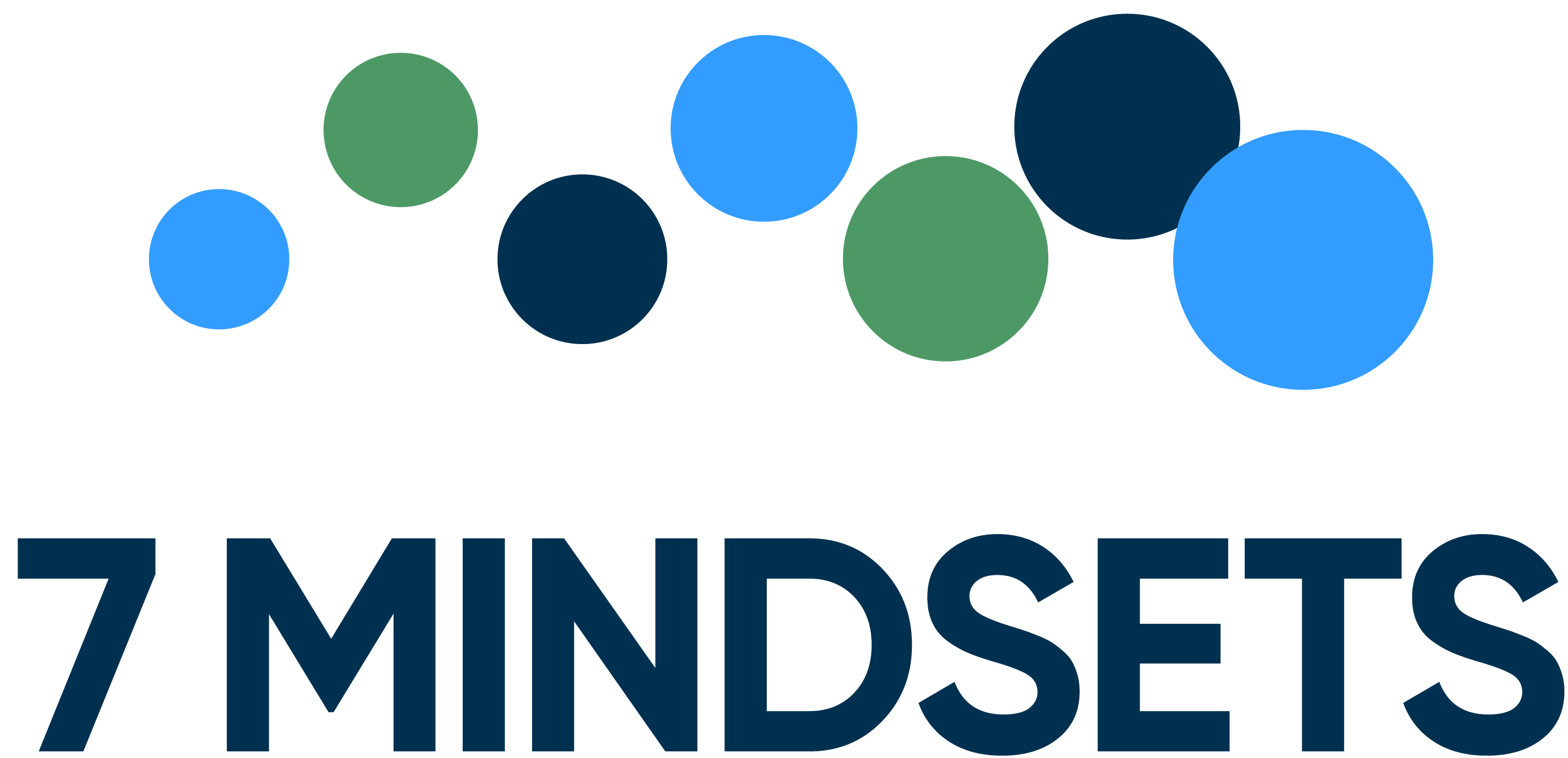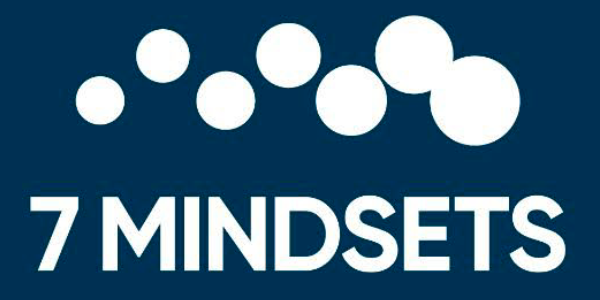Guest post by Connie Stovall, Principal, Liberty Middle School
In 1916, John Dewey said, “From the standpoint of the child, the great waste in school comes from his inability to utilize the experience he gets outside, while on the other hand he is unable to apply in daily life what he is learning in school. That is the isolation of school – its isolation from life.”
This statement was made ninety-nine years ago, and yet it often still rings true of our students and schools today.
What would happen if students had input into what they learned or how they learned it? Do you think they would pursue unimportant and silly things, or issues of great importance?
What if we educators challenged our students to discover and chase their passions? Would learning take on new meaning? How might allowing them to follow their passions provide motivation for math, science, history, and the languages?
For the first time, perhaps our students’ learning might serve their purposes and have authentic relevance.
My personal passion is for schools to find creative ways to enable students to find and follow their own passions within the school day. I know. This seems like a tall order when the school curriculum is already so jam-packed with what seem like a million standards for each content area… but is it really impossible?
Let’s look to the business world for a parallel. Would a for-profit business be willing to provide its employees with time during the work week to pursue their passions? You are probably shaking your head no, but you would be wrong.
Let’s talk about Google.
Google was founded in 1998 with the plan of designing the “perfect search engine.” It is now a multi-billion dollar company employing more than 40,000 “googlers” and serving millions of people around the world.
Google operates in some unique ways which encourage productivity and creativity. One way they accomplish this is by allowing their employees to spend 20% of their work week dedicated to “pet” projects of interest. This time has come to be known as the “Genius Hour.” The policy has worked so well that about 50% of Google’s successful projects have been direct outcomes of the Genius Hour, including innovations like Gmail and Google News.
If a for-profit business is willing to take a risk and reap such great rewards, I believe it is also a risk that schools should be willing to entertain.
The same principles used by Google can be employed in classrooms by giving students set amounts of time during their school days or weeks to research and learn about their personal areas of interest. During this time, students would have autonomy over their learning while teachers would act as facilitators and questioners.
I believe that this dedicated time for autonomous learning is critical for preparing our students for the world they will enter after school.
Today’s students are being prepared for jobs that most likely are not in existence today. It is incumbent upon us to create self-sufficient, self-sustaining learners. A true 21st century school is one that’s ensuring its students have mastered the 4Cs: critical thinking, creativity, communication, and collaboration. Genius Hour projects have the potential to develop all of these in our students and even more.
This doesn’t mean that I believe that traditional learning is completely obsolete. It does, however, mean that how we approach teaching and learning in our schools must change.
In the last two decades, nearly everything in the world that we once knew has evolved, except for one thing that remains virtually unchanged: school. We must realize that, if we want our students to be effective in their adult lives, then we must establish classrooms that support innovation and inquiry.
Often, when we’re presented with new ideas or changes, we immediately begin to think about all the reasons these new concepts will not or cannot work. I recently heard Andy Stanley (communicator, author, and pastor) say that new ideas should be approached with “Wow! Not how.” What he meant by this is that we can’t allow the details of a new idea deter us from the ultimate plan.
Finding time within the school day can be the biggest challenge for Genius Hour, but innovation is education, so here are some suggestions for incorporating this valuable addition into your classroom/school:
- Make the most of your classroom time by using technology to provide “flipped” learning opportunities for your students. If this is done well, you could gain a full class period per week to institute Genius Hour.
- Design a behavior management plan that encourages competition and collaboration within the students in your class. Students can work as teams to earn points for positive behaviors or lose points for undesirable behaviors. Students can receive small rewards based on this point system. A successful behavior plan implemented with fidelity can recover instructional time often lost addressing behavioral issues, thus allowing for “saved” time to be used for Genius Hour.
- Teach to the level of your highest learners. In education, we often have the notion that we should use a slower than necessary pace in our instruction so that we leave no one behind. When you teach at the pace of your highest learners, you will be amazed at how quickly the entire class can and will pick up the pace, which helps create the time for Genius Hour.
So, with an idea in hand and a plan for finding the time, what will you do about adding Genius Hour into your curriculum? When you think about the challenges that will face our students in the world outside of school, how can you not make a change?
When you do, be prepared to face a world of exhilarating ideas, students who actually want to learn and come to school, and a high level of learning for both your students and for you!



